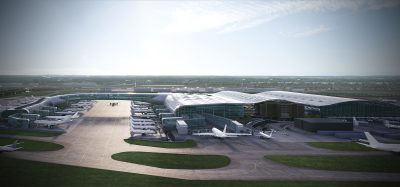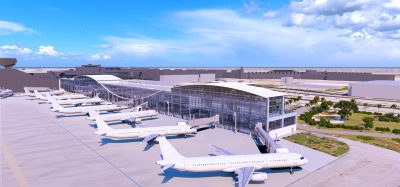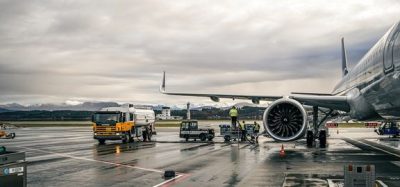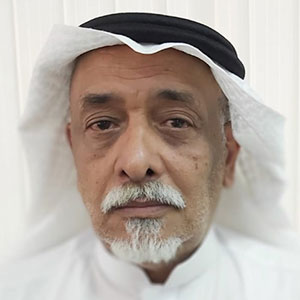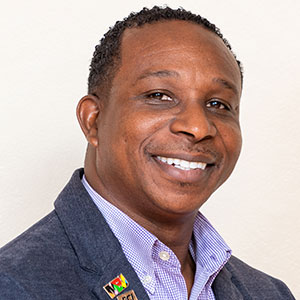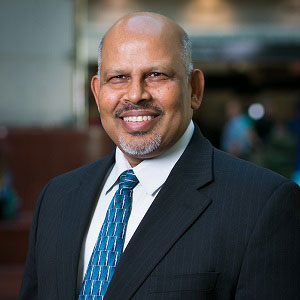Swedavia introduces electric strategy to promote fossil-free air transport
Posted: 14 February 2020 | International Airport Review | No comments yet
Swedavia intends to enable all 10 of its airports to handle electric aircraft and place the first commercial electrified route in service by 2025.
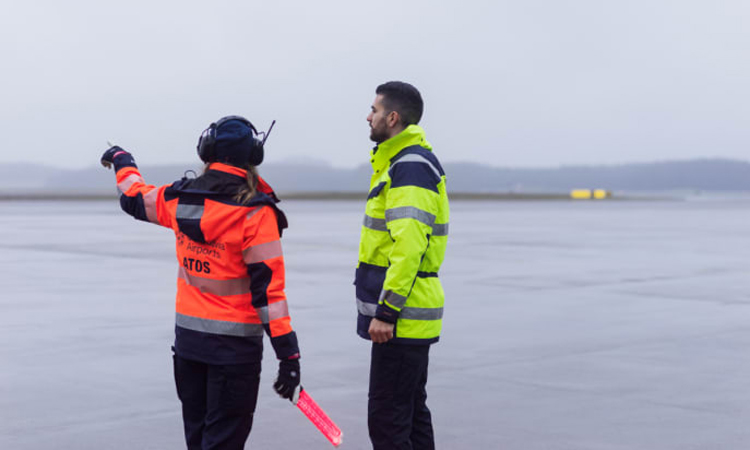

Credit: Swedavia
In order to promote the move to fossil-free domestic air transport in Sweden by 2030, and fossil-free air transport for all flights originating in the country by 2045, Swedavia has adopted a strategy for electric aviation.
By 2025, Swedavia intends to enable all 10 of its airports to handle electric aircraft and place the first commercial electrified route in service. The first efforts within this initiative are planned to begin operation in the autumn of 2020, when a testing venue for electric aircraft will be introduced at Åre Östersund Airport.
Swedavia’s President and CEO, Jonas Abrahamsson, said: “Bio jet fuel is critical in a short-term perspective for driving the aviation industry’s transformation in the face of climate change. But, in the long term, electrification can also play a key role. Swedavia wants to take an active part at an early stage of this development and get an understanding of the conditions needed for electric aviation from an infrastructure perspective.”
Join us live: Shaping the Next Generation of Hold Baggage and Air Cargo Screening
Join us live for an insightful webinar on 11th December at 14:00 GMT, in collaboration with Smiths Detection, as we explore the strategic balance of operational efficiency, regulatory compliance, and sustainability in high-volume security environments.
This session offers a focused look into future-proofing your security strategy.
Key learning points
- Cost Reduction: Strategies to minimize bag travel time while simultaneously reducing operational costs.
- Regulatory Roadmap: Insights into the next wave of regulatory changes and their impact on future investment decisions.
- Sustainable Systems: Practical approaches to building sustainability into security systems and lowering the total cost of ownership (TCO).
- Scalable Solutions: Real-world examples of scalable systems supporting current airport growth and preparing for tomorrow.
Register now for expert insights, case studies, and actionable strategies on operational efficiency!
The testing venue will enable Åre Östersund Airport to accommodate the first electric aircraft, and further plans are currently underway for aircraft parking stands, infrastructure for charging aircraft and the power supply needed at the airport, as well as ensuring the necessary permits.
Test flights of electric aircraft and drones will be carried out in the airspace between Åre Östersund and Røros Airport. The efforts are in collaboration with a number of partners both in Sweden and Norway under the framework for the EU project Green Flyway.
Abrahamsson continued: “We believe there is good potential for the first commercial electrified route in Sweden within five years. In the longer term, the electrification of routes can be an important addition to today’s scheduled traffic, primarily domestic flights. But electric air transport can also lead to brand-new routes between regional centres, which would benefit access and regional growth, as well as create a whole new business model for air transport.”
Swedavia’s future plans outline that all 10 airports will provide infrastructure for handling electric aircraft, with Umeå Airport and Visby Airport already in the initial stages of developing electric aviation. Among other measures, Umeå Airport is also taking part in a project to consider the possibilities of electrified flights between Sweden and Finland.
Join our free webinar: Revolutionising India’s travel experience through the Digi Yatra biometric programme.
Air travel is booming, and airports worldwide need to move passengers faster and more efficiently. Join the Digi Yatra Foundation and IDEMIA to discover how this groundbreaking initiative has already enabled over 60 million seamless domestic journeys using biometric identity management.
Date: 16 Dec | Time: 09:00 GMT
rEGISTER NOW TO SECURE YOUR SPOT
Can’t attend live? No worries – register to receive the recording post-event.
Related topics
Aircraft, Emissions, Sustainability, Sustainable Aviation Fuel (SAF), Sustainable development
Related airports
Åre Östersund Airport, Røros Airport, Umeå Airport, Visby Airport (VBY)



